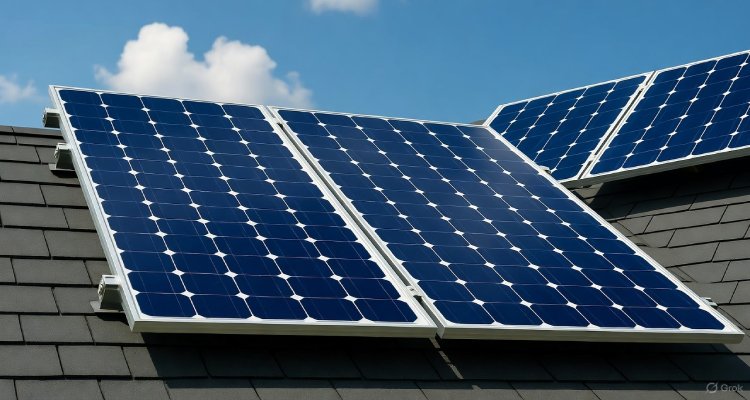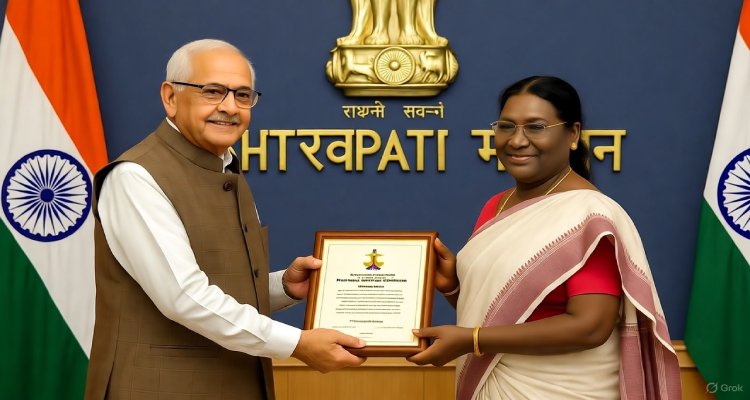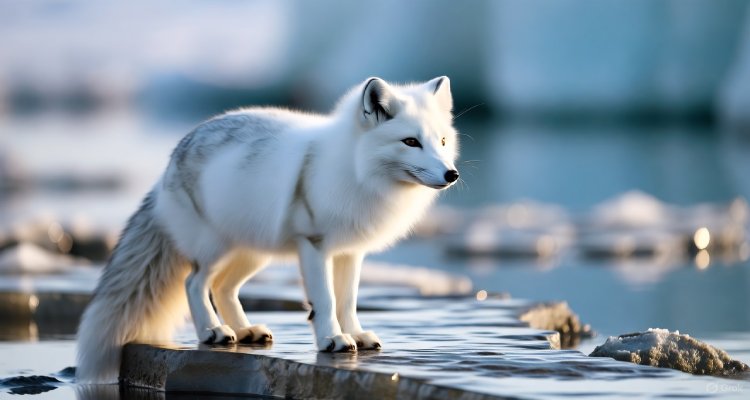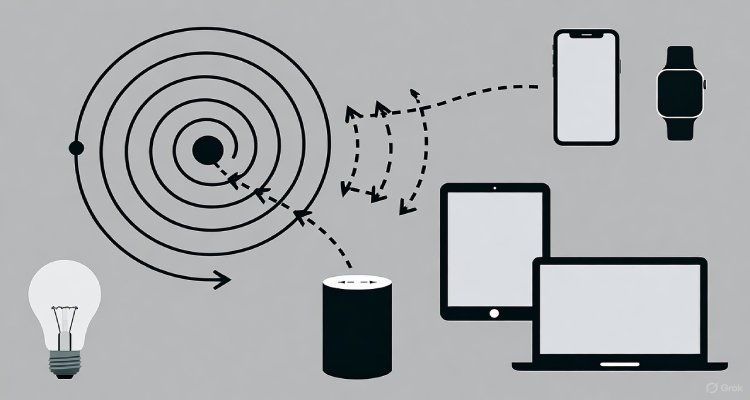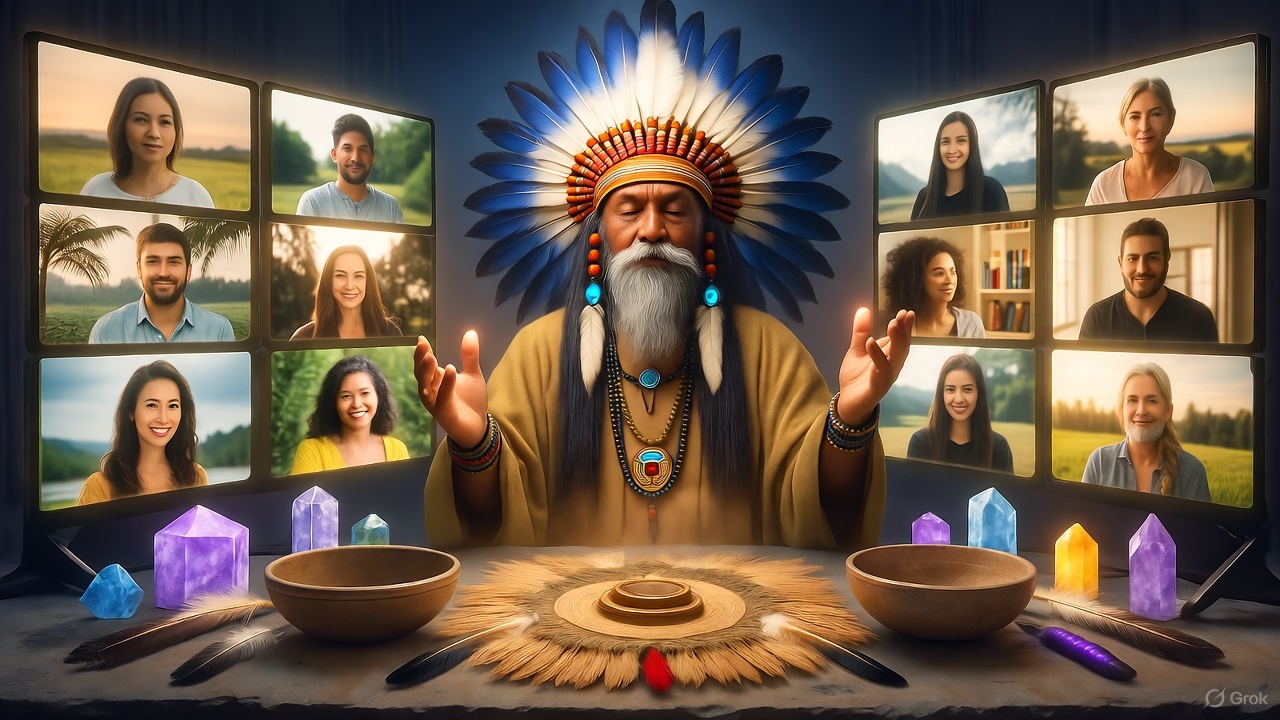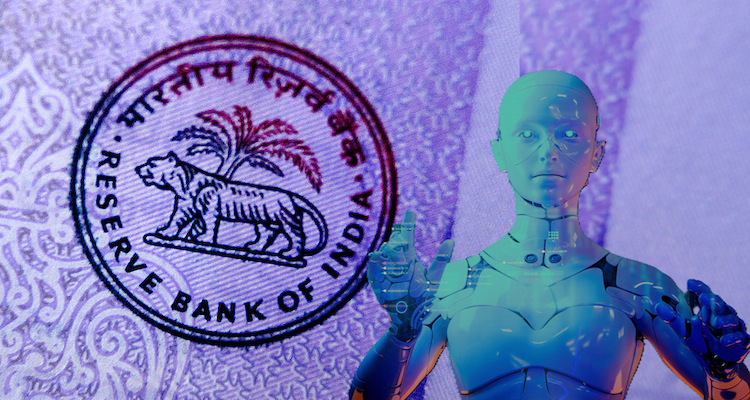How Climate Change Is Rewriting Evolution in Real Time
Climate change isn’t just altering weather patterns—it’s reshaping evolution itself. From shrinking animals to fast-mutating plants, nature is adapting faster than ever before.
Introduction: Evolution on Fast Forward
For centuries, evolution was considered a slow, almost imperceptible process—unfolding over millennia through subtle genetic shifts. But today, scientists are witnessing something astonishing: evolution happening in real time. As climate change accelerates, species across the planet are evolving at record speed to survive a world that’s warming, drying, and changing beyond recognition.
The result? A living experiment in natural selection—one where the rules of survival are being rewritten right before our eyes.
The Climate–Evolution Connection
Charles Darwin’s theory of evolution rested on the slow grind of natural selection. Yet, climate change has thrown that timeline into chaos. Rising temperatures, melting glaciers, and shifting ecosystems are pushing species to adapt—or die—within decades instead of millennia.
From the Arctic to the Amazon, the evidence is everywhere. Polar bears now swim longer distances in search of ice. Alpine plants climb higher altitudes each year to escape heat. Even the timing of bird migrations is changing, disrupting ecosystems that once ran like clockwork.
“Climate change is no longer just an environmental crisis,” says Dr. Emily Carter, an evolutionary biologist at Stanford University. “It’s an evolutionary accelerator. We’re observing genetic shifts in generations, not geological eras.”
Real-Time Adaptations Across the Planet
1. Shrinking and Shifting Species
Animals are literally changing shape to cope with rising temperatures. A growing number of birds, bats, and small mammals have evolved larger wings, ears, and tails to dissipate heat more efficiently. This phenomenon—known as “shape-shifting” evolution—has been documented in species from Australian parrots to North American rodents.
Meanwhile, some cold-adapted species are shrinking. Fish in warming waters, for instance, are getting smaller because oxygen levels are declining—a subtle but significant evolutionary response to heat stress.
2. Plants on the Move
Plants, too, are adapting in surprising ways. In the Alps and Himalayas, botanists have recorded entire plant populations migrating upward as global temperatures rise. Some species are even altering their flowering cycles, blooming earlier each year to match changing rainfall and sunlight patterns.
This evolutionary shift isn’t just about survival—it’s about competition. “When one plant adapts faster than another, it can dominate the ecosystem,” explains ecologist Dr. Maria López. “We’re seeing entire food webs restructured.”
3. Insects and Microbes: The Fastest to Evolve
Insects, with their short lifespans, are evolving at astonishing speeds. Mosquitoes, for example, are developing resistance to both pesticides and temperature extremes, expanding their range into once-cooler regions.
Even microbes in the soil and ocean are adapting—some mutating to break down plastics or thrive in acidic waters. These microscopic changes ripple outward, influencing everything from agriculture to disease dynamics.
When Adaptation Becomes Extinction
Not every species can keep up. Coral reefs, among Earth’s most diverse ecosystems, are bleaching and dying faster than they can adapt to warming seas. Amphibians, whose survival depends on stable moisture levels, are vanishing as habitats dry out.
This evolutionary divide—between species that can evolve and those that can’t—may define the next century. “We’re witnessing a new kind of natural selection,” says Dr. Carter. “Survival now favors flexibility over strength.”
Human Evolution in a Warming World
Even humans aren’t immune to evolutionary pressure. Scientists are exploring how rising temperatures could influence fertility rates, disease resistance, and even behavior. Urban populations, for instance, are showing signs of adaptation to pollution and heat exposure, though it’s too early to call it evolution in the traditional sense.
What’s clear, however, is that our actions have placed humanity at the center of an evolutionary experiment—one whose outcome is far from certain.
The Implications for the Future
Climate-driven evolution has profound implications for conservation, medicine, and agriculture. Protecting biodiversity is no longer just about saving species—it’s about preserving genetic resilience.
Governments and researchers are now experimenting with “assisted evolution”—using genetic tools to help corals, crops, and endangered animals adapt faster. While promising, it raises ethical questions: how much should humans interfere with evolution itself?
“Our responsibility isn’t just to slow climate change,” says Dr. López. “It’s to understand the evolutionary consequences of what we’ve already set in motion.”
Conclusion: A New Chapter in Life’s Story
Evolution has always been nature’s ultimate survival strategy. But never before has it been tested on such a global, rapid, and human-driven scale. The story of life on Earth is being rewritten—not over millions of years, but in real time.
As the planet warms, the winners will be those who can adapt fastest. For the rest, extinction may come not with a meteor, but with a heatwave.
Disclaimer: This article is based on current scientific research and expert insights. It is intended for educational and informational purposes and should not replace professional environmental or biological consultation.


